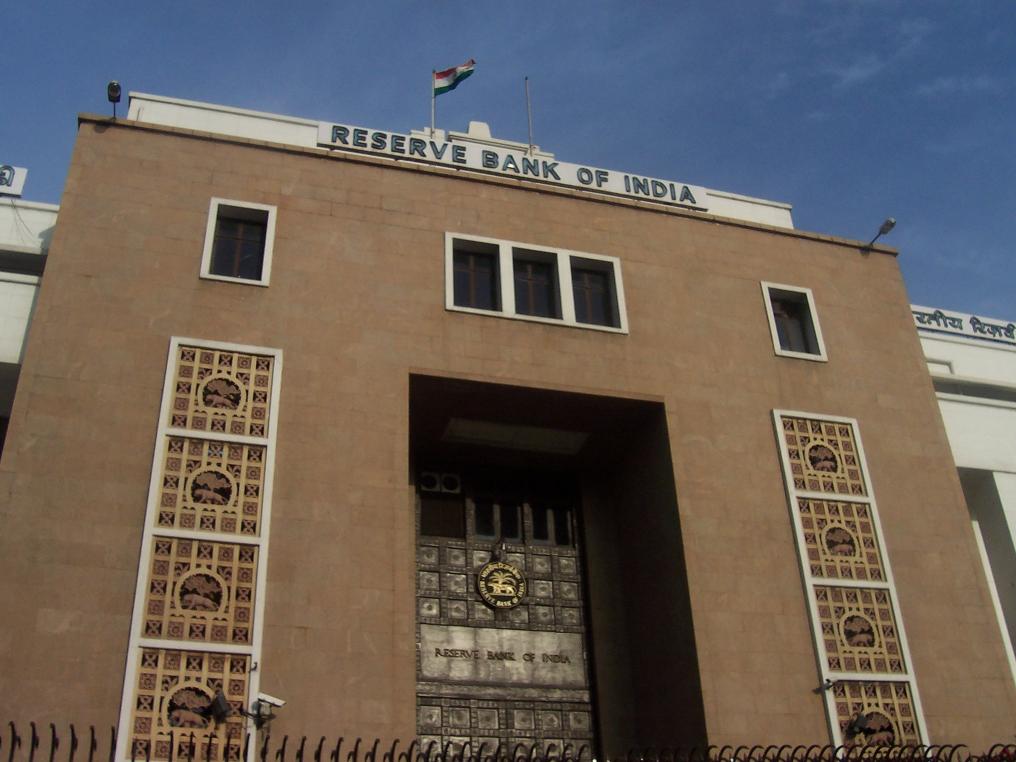Reserve Bank of India Governor Raghuram Rajan said on Wednesday that inflation was still a concern but added the deflationary global environment gave the central bank some elbow room with monetary policy.
“We still have concerns about inflation. Given the deflationary environment elsewhere, it’s actually easier for us because we are not fighting inflation in an environment where inflation is picking up elsewhere,” Reuters quoted Rajan as saying in a conference call with analysts.
“So I think we are still in conventional monetary policy territory,” he said.
The comments come a day after the central bank held interest rates steady at 7.75 percent, leaving its next move probably until after the government presents its annual budget at the end of this month.
After surprising markets with an inter-policy rate cut last month, Rajan pulled out yet another surprise on Tuesday by lowering the mandated investments in government bonds, releasing more than Rs 40,000 crore ($8.6m) for banks to lend to businesses. But the rest of his course appears steady. Here’s Rajan’s take on various issues related to the sector, outlined in a media interaction.
Guidance
“I will be looking for developments in the disinflationary process. On the fiscal front, we have a budget coming up. These are important developments we have to pay attention to. We would like to see the forces at play, including the transmission of lower oil prices. We hope prices will stay low in the coming year,” Rajan said.
Lending Rates
Instead, to prod banks to lend more and lower their lending rates, the RBI cut the statutory liquidity ratio (SLR) – the minimum portion of net deposits that banks must hold in government bonds, cash or gold – by 50 basis points to 21.5 percent from Feb. 7.
Only three of India’s 45 commercial banks cut base lending rates in the wake of the RBI’s reduction in the repo rate by 25 basis points on Jan.15, hurting the government’s drive to lift business investment.
Bank profits have been poor, but Rajan said that given the weak credit growth, banks would have to start lending again at some point.
“To get that lending they will have to be more competitive, which means they will have to cut base rate. I am hopeful it is a matter of time before banks judge that they should pass it on,” Rajan told a news conference Wednesday.
“Many have been relatively quick to cut their deposit rates, but not so quick to cut their lending rates, I presume some are hoping they can get the spread for a little more time to repair banks’ balance sheets.”
While RBI officials suspect banks are trying to protect profit margins, commercial bankers complain that liquidity conditions have been too tight for them to lower lending rates.
Budget First
Encouraged by falling world oil prices and inflation slowing, the RBI had surprised investors in the last months by kicking off a new easing cycle, to boost credit in a economy struggling to gather momentum.
The RBI held out the prospect of more rate cuts, but said that would depend on government efforts to reduce India’s fiscal deficit and fix the supply constraints that keep food and energy prices high in the country.
Most economists polled by Reuters expect the RBI to start reducing its repo policy rate after the budget, due to be unveiled by Finance Minister Arun Jaitley on Feb. 28, so long as it does not disappoint in terms of reducing the fiscal deficit.


